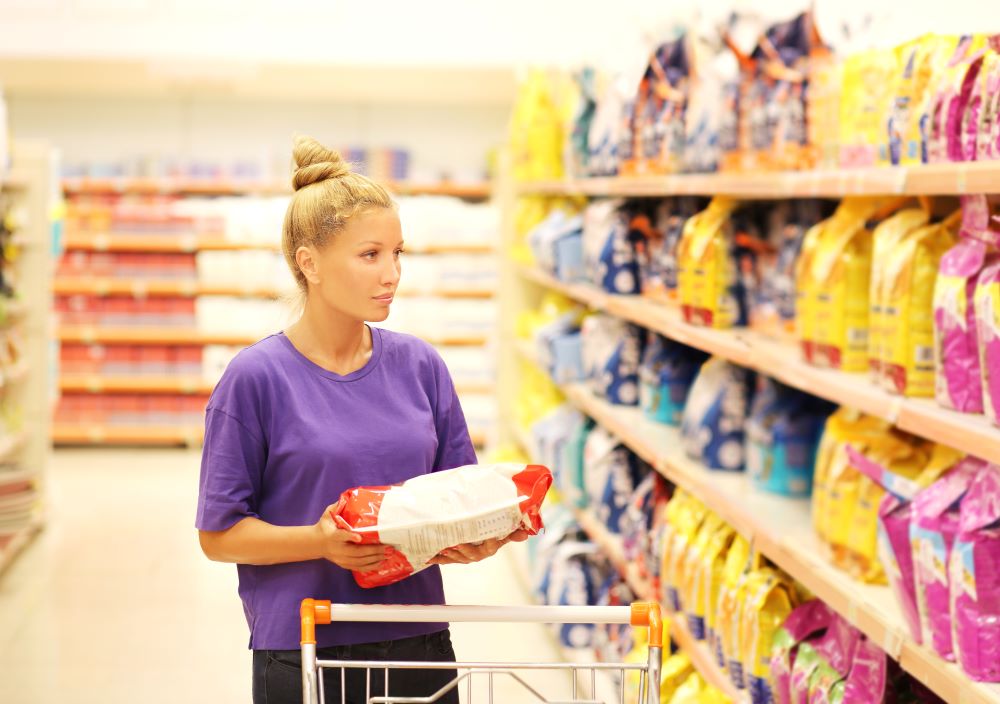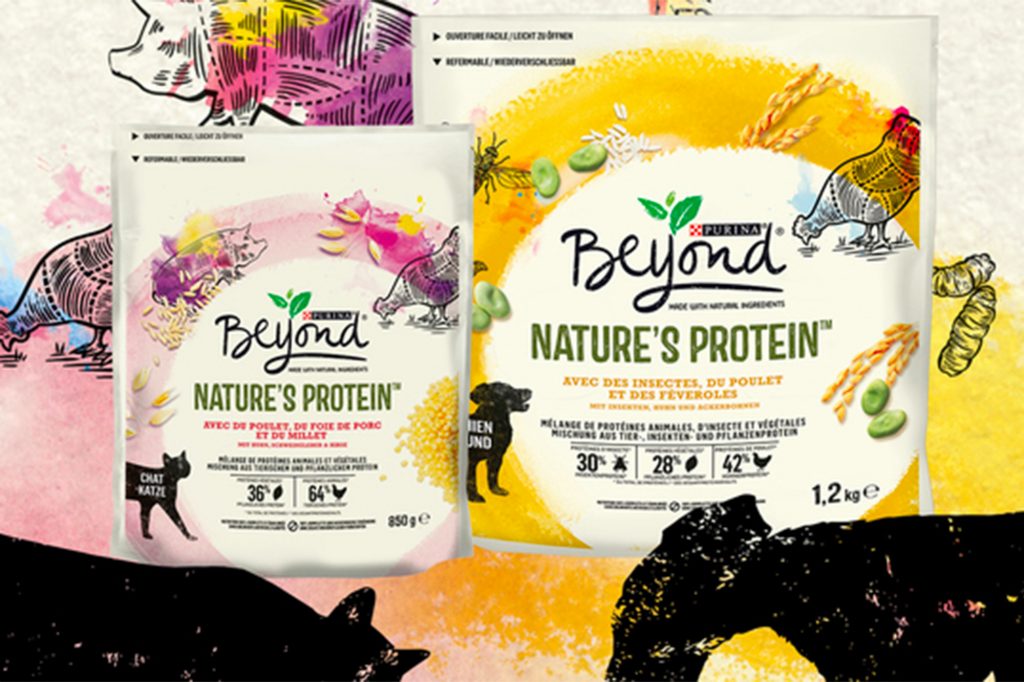
So far, the pandemic has had at least one positive consequence: the number of adoptions of pets has increased. This has contributed to consolidating the growth of the pet food industry. The pet food market reached a value of 108 billion USD in 2020, with an estimated compound annual growth rate of 4.3% in 2021-2026 (Source: Business Wire). This dynamic industry is not only growing, but also constantly searching for more advanced food to meet a variety of demands. Among them, the most outstanding is the need to make the production chain more sustainable.
PET FOOD: WHY IT IS GROWING
The increase in pet adoptions took place during lockdowns as a response to the long periods of forced social distancing. This is a global phenomenon, which also concerned areas that were traditionally less familiar with it. For example Brazil and Eastern Europe. In countries like the US, adoptions of dogs and cats from shelters grew by 9% in 2020 in comparison with 2019 (Source: Shelter Animals Count). The increase mainly involved people with upper-middle-income, who are, on average, more willing to spend money on pet care. At the same time, consumers have been showing growing attention to sustainable pet care products. All this has caused an increased need for pet food demand. Therefore, pet food producers have widened their product offer and introduced products with environmentally friendly ingredients and new packaging options (Source: Business Wire).
SUSTAINABILITY AS A DRIVER
The search for sustainable solutions is shared with other branches of the consumer goods industry. It involves recyclable or compostable materials, while also developing packaging that makes transport, storage, and disposal easier. In this sector, as in many others, the main trend concerns sustainability. Sustainability is a topic that especially young consumers are particularly sensitive to. According to recent studies, approximately 83% of millennials claim it is extremely or very important to them. that companies implement programs to improve the environment. Furthermore, 75% say they definitely or probably would change their purchase or consumption habits to reduce their impact on the environment (Source: Science Direct).
This means, especially young families and households have a heightened awareness of the issue of sustainability. Of course, this will be taken into account when it comes to pet food, as well. Even if the pet food is only a branch of consumer goods, nonetheless its impact is very important in economies of scale. According to the pet food manufacturers association, there are several identified priority areas for sustainability in the pet food industry right now.

PACKAGING RECYCLABILITY
As far as materials are concerned, the market is already mature and ready to adopt advanced solutions. Examples are bio-film and bio-plastics, which are fully compostable, that is, disintegrate completely in the environment. According to European Bioplastics data, bioplastics currently represent only 1% of the over 368 million tons produced every year. However, the demand is growing and global bioplastics production capacities are set to increase from around 2.11 million tons in 2020 to approximately 2.87 million tons in 2025 (Source: European Bioplastics). More specifically, most of them are used in packaging, especially flexible types (pouches), followed by rigid ones.
Recycling is also very important and involves the pet food industry very closely. On the one hand, for materials such as plastic, recycling is the main solution. On the other, not all markets can rely on product chains with developed recycling processes (Source: Eurostat).
SUSTAINABILITY OF INGREDIENTS
To reach the goal of product chain sustainability, however, materials are not the only key factor. There are less explored, but very interesting, roads, such as insect-based pet food. The products that have insects among their ingredients provide the right protein content with a much lower production footprint. This is because insect-based pet food requires less earth and water. This emits fewer greenhouse gases, has high feed conversion efficiencies, and is useful as animal or aqua feed. Even if the current market share is very limited, this is one of the most interesting trends in the industry. Last March, for instance, Mars Petcare, a partner of the multinational Mars Group, launched ‘Lovebug’ on the UK market. ‘Lovebug’ is dried cat food without traditional meat or poultry protein. Instead, it contains black soldier fly larvae insect meal. Moreover, last November Nestlé presented the brand ‘Purina Beyond’. It contains the same ingredient, the black soldier fly larvae, but additionally, contains plant, and animal proteins.

ANIMAL WELFARE
Another big factor of sustainability in pet food production is to guarantee high standards of health and welfare for animals. Animal welfare is related to our society and the planet we live on. There are links between improved animal welfare and improved conservation, improved food safety and food security, and improved well-being. Furthermore, manufacturers are becoming more aware of pet food safety risks. To ensure animal welfare and high standards in safety and hygiene, it is important to comply with the food safety laws and guidelines for pet food manufacturing. It is recommended to ensure that the used equipment prevents scratches and other damage, which keeps bacteria, pathogens, and other contaminants out. As the pet food industry has customers with high expectations, manufacturers and suppliers should be committed to keeping pets healthy and safe.
STAY FLEXIBLE IN YOUR PRODUCTION
When producing pet food, many different things need to be considered when it comes to creating a sustainable manufacturing process. The pandemic has proved once more, how fast consumer behavior and trends can change as it disrupted nearly every routine within a few months. To stay competitive, it is crucial to be able to react flexibly to consumer insights and growing demand. And especially as demand increases, so does the pressure on producers to respond as quickly as possible. Flexibility and fast changeovers are important to be able to respond quickly to variations in sales. Production lines must be flexibly reconfigured, if possible, without any downtime.
Even though the reason for the last behavior change may be specific to the pandemic, pet care producers benefit if they find ways to meet consumers’ demands flexibly. At FlexLink, we deliver flexible and customized automated production flow solutions. In line with this, our sister company Volpak is ready to support all of your flexible pouching needs in the pet food market. Check out their latest blog on pet food here.
Hopefully, you gained some valuable information from our article. Contact us, if you would like to discuss your challenges in pet food production. Also, feel free to visit our website and follow us on LinkedIn for more regular updates on industrial automation and robotics.




Leave a Reply